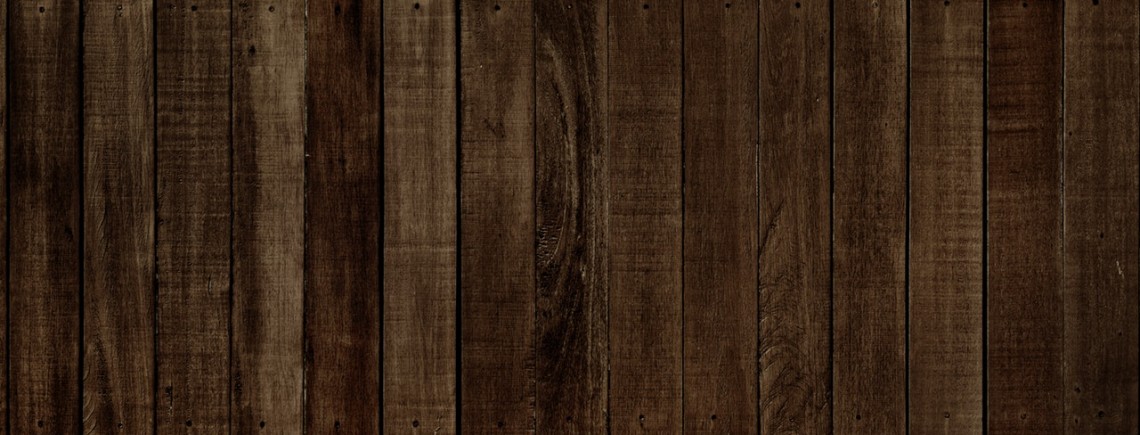One of the biggest trends in hardwood flooring for 2017 is a shift towards darker colours. Even though dark hardwoods are typically more expensive, reveal dirt quite readily and are more challenging to maintain, the lure of the exotic woods that typically comprise darker floorboards is proving hard to resist. In this post, we’ll go over some of the best types of wood to use for dark hardwood flooring.
Ebony
Ebony is probably the most well known dark hardwood. However, it can be a very expensive choice due to its scarcity. In many cases what passes as ebony flooring is actually just an ebony stained oak. Ebony is extremely difficult to work because it’s hard to cut, sand and refinish. The wood is so dense that it actually sinks in water. Although there are many different types of ebony, it’s only commercially available from a handful of sources which adds to its exclusivity. It’s hard to replicate the deep colour of ebony with any other type of wood, but if you plan to use ebony as a floorboard, understand that you will end up paying handsomely for the luxury.
Black Palm
Although not actually a hardwood, black palm is a hard, durable and dark coloured flooring option. Black palm is much cheaper than ebony, but the fact that only the outer layers of the tree can be used for planks means that it is far from the cheapest wood available. The grain of black palm is composed of dark brown to almost black fibres interspersed through a lighter shaded body. Black palm is a very hard and durable wood that is somewhat difficult to machine because of its brittleness. The fact that black palm is not a threatened species makes it popular choice.
Ipe
Ipe, or Brazilian walnut, is a hardwood from Brazil that also sinks in water because of its density. It’s one of the hardest woods to be used for flooring. Because of its hardness it’s been known to bend nails and typically needs to be pre-drilled to allow pieces to be attached. Ipe is not as dark as ebony or black palm with a colour closer to reddish, dark brown. Ipe is scratch resistant and contains high concentrations of tannic acids which ward off bug and fungus attacks. The fact that ipe was used to build the boardwalk at Coney Island and lasted 25 years before it needed to be replaced is a testament to its durability.

